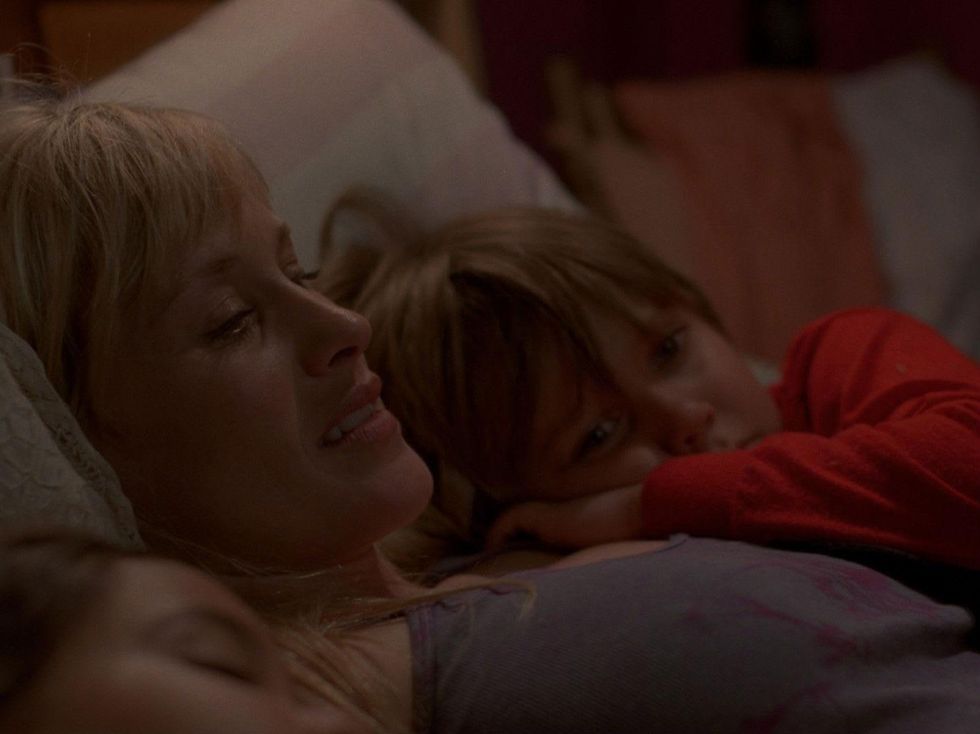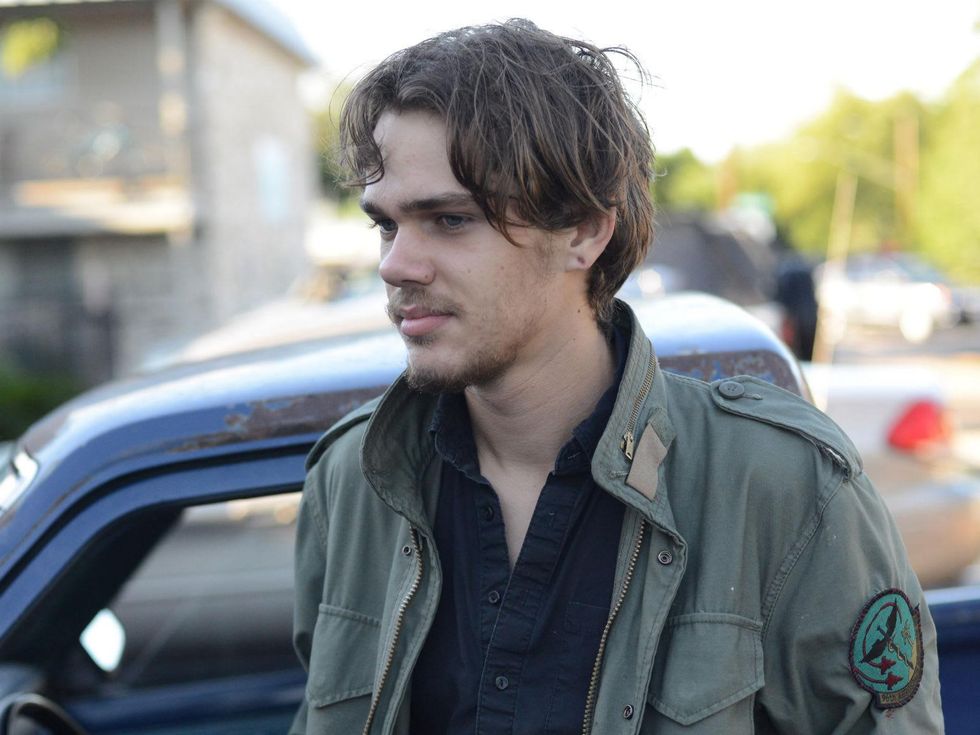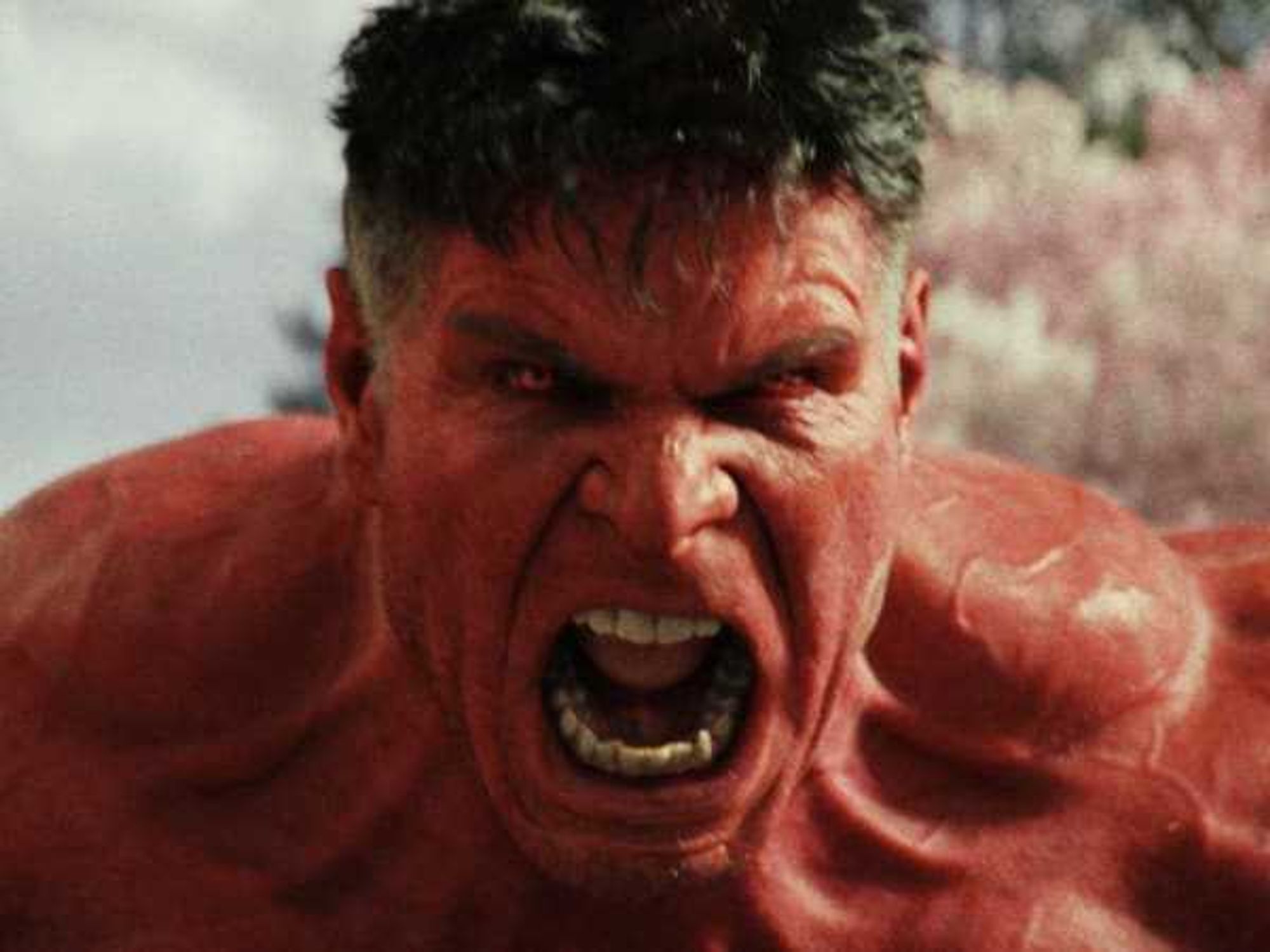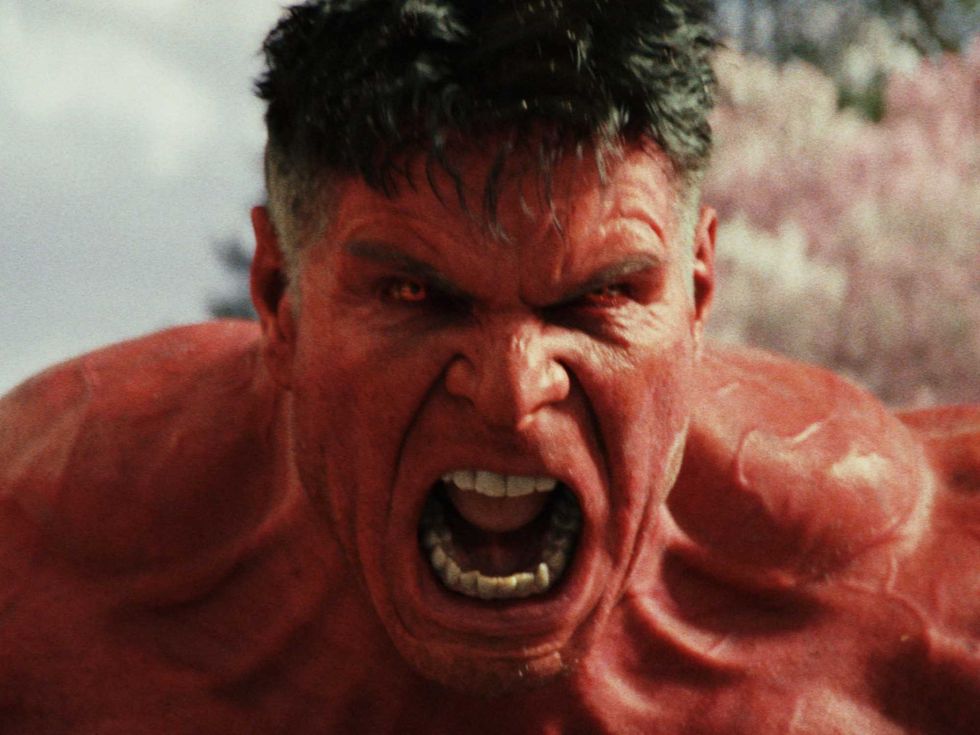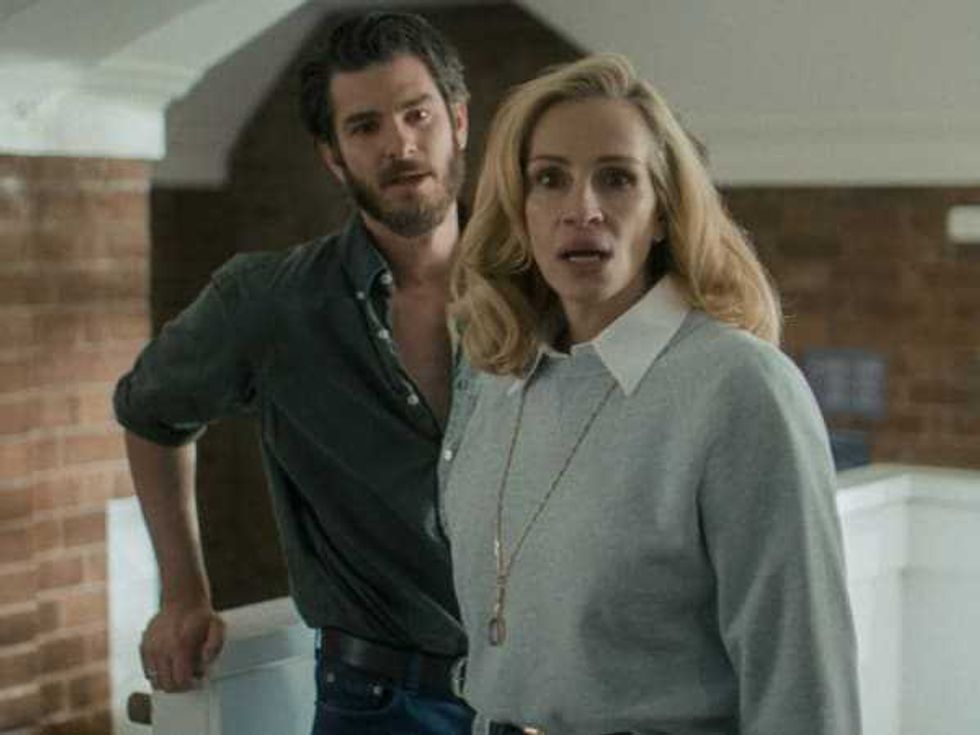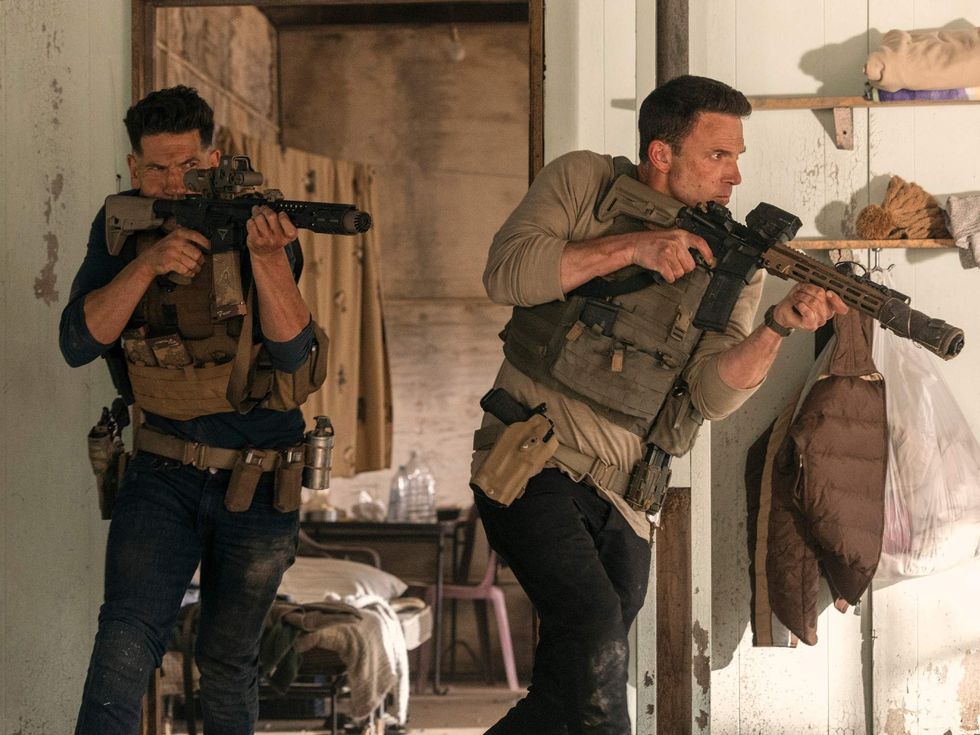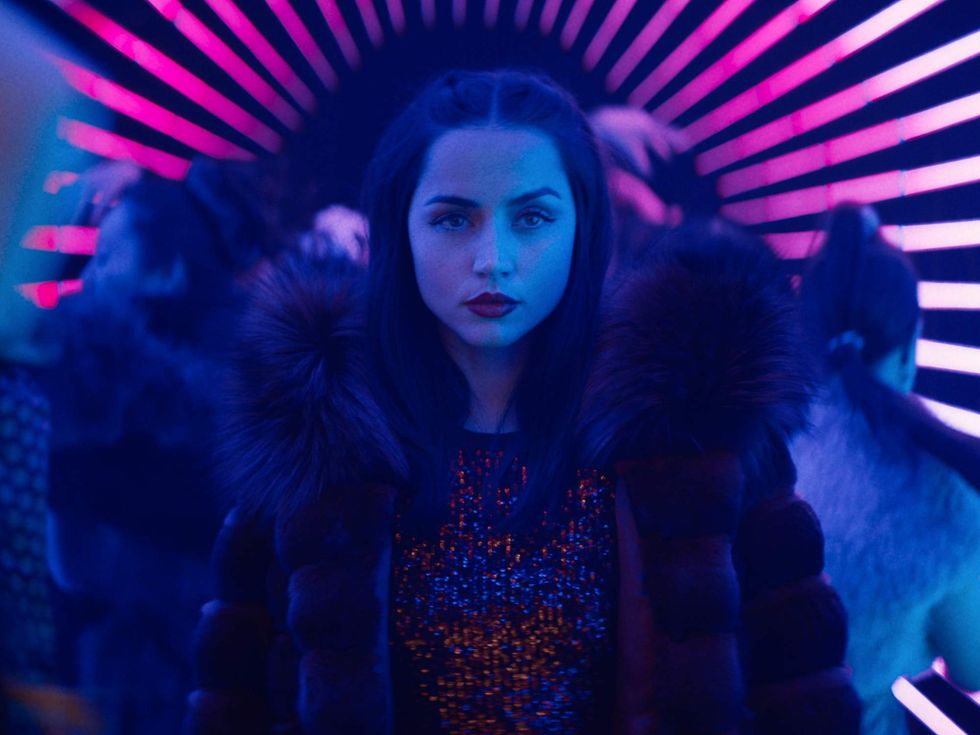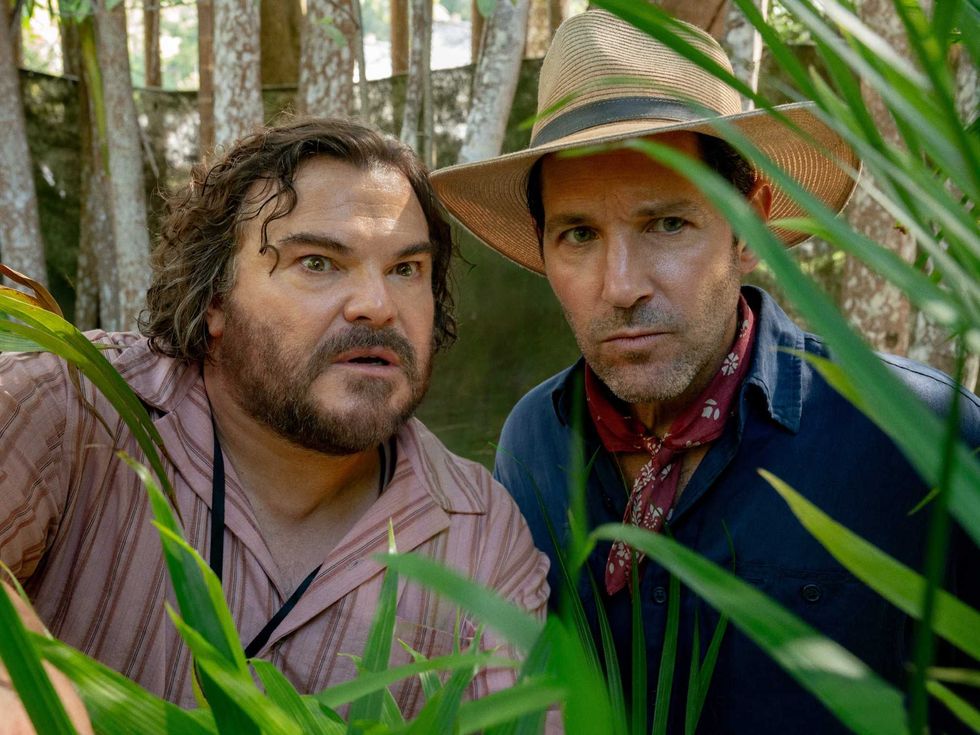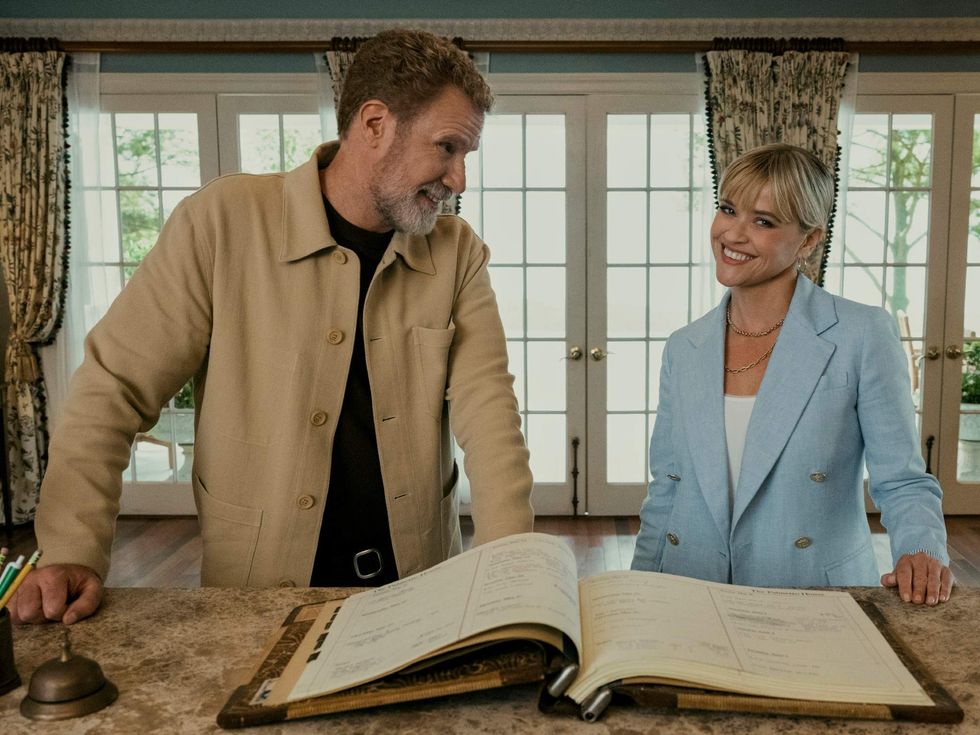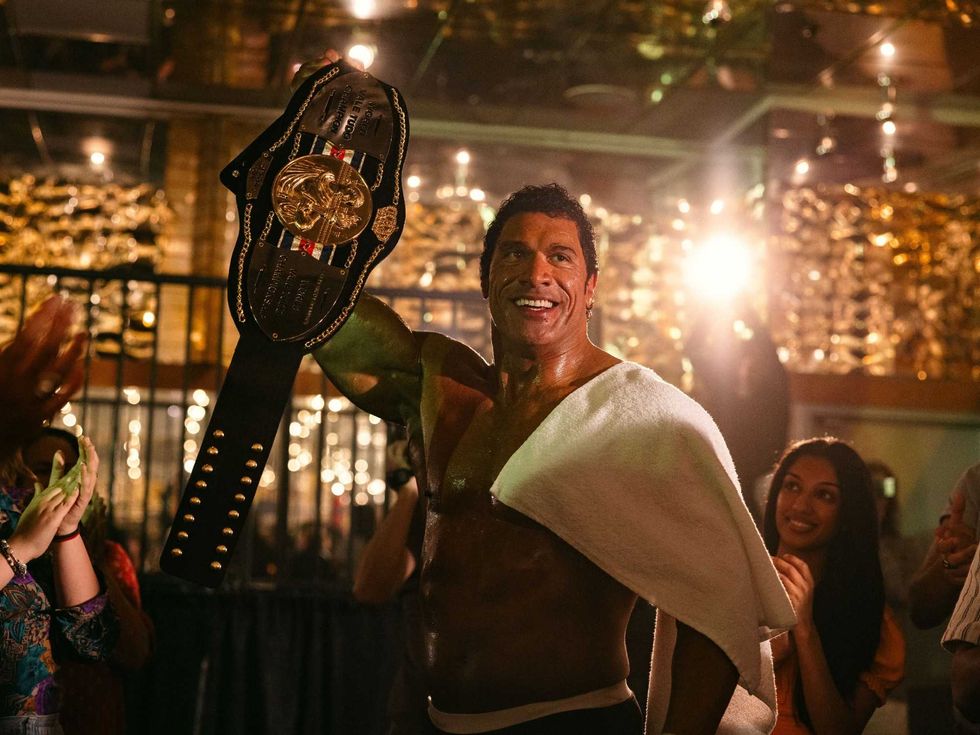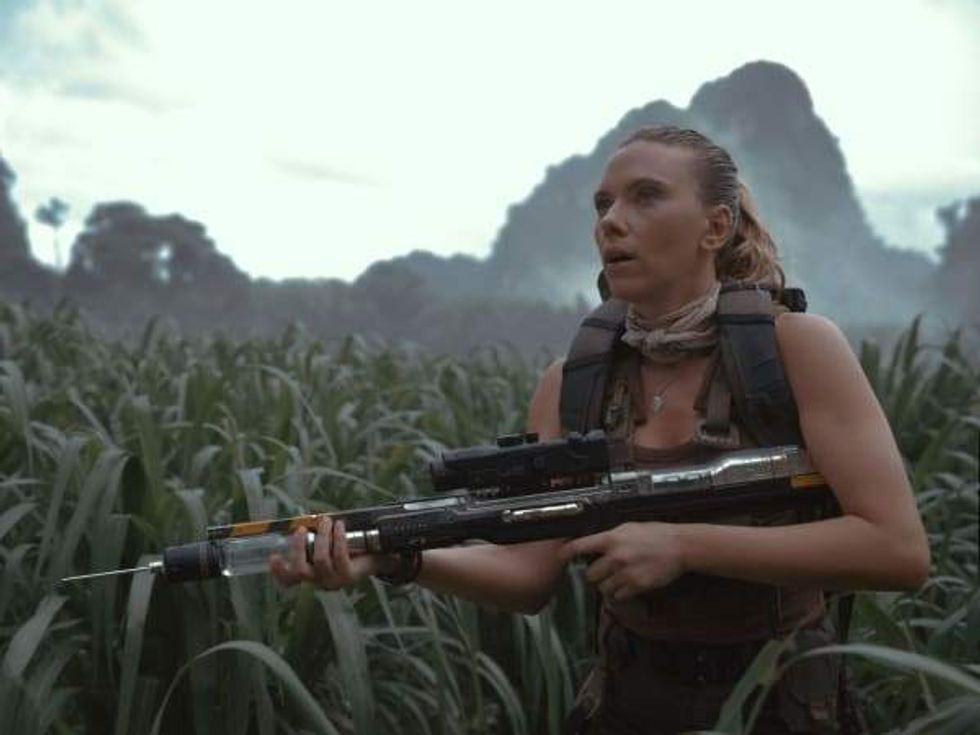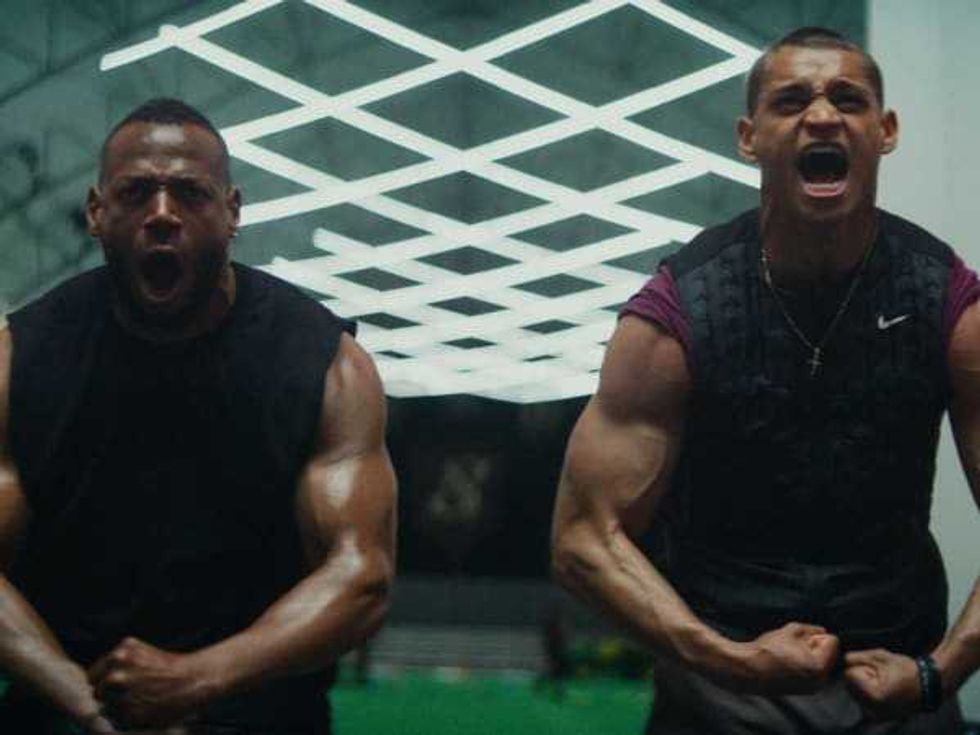Filmmaking Milestone
Richard Linklater pulls off gutsy experiment with Boyhood
There have been some audacious experiments in the history of cinema, but none quite like Richard Linklater’s latest, Boyhood. For 12 years, Linklater has been making a movie about a boy growing up, filming a few days every year so that the end result takes the audience on a complete journey through the boy’s childhood.
The gambit is similar to Michael Apted’s Up documentary series, but instead of checking in every seven years, we get to see Mason (played by Ellar Coltrane) literally grow up before our eyes. Starting at age 6 and going clear through high school graduation, the audience is a fly on the wall during all of the ups and downs in Mason’s life.
To conceive of Boyhood took vision that few filmmakers have. To actually pull it off took great talent from all involved.
This includes navigating the tricky divide between his estranged parents (Patricia Arquette and Ethan Hawke), going through the usual rough-and-tumble with his sister Samantha (Lorelei Linklater), figuring out how to manage changing schools and friends, and trying to get along with his mother’s poor choice in men.
Although there are clear storylines in the film, there’s no true plot. The film simply flows from one year to the next, with little to no notice that we’re moving ahead in time.
One of the best decisions Linklater makes is not to hold the audience’s hand with markers like on-screen dates or fading in and out between time periods. Usually the first indication that time has passed is a difference in Mason’s hair or face, leaving us to orient ourselves to the new reality.
Linklater does drop a ton of breadcrumbs to denote the years, such as period-appropriate songs, evolving technology, references to politics and the like. Whereas other movies about a specific era have to do their best to re-create those elements, Linklater had the advantage of using whatever was of the moment when he filmed, making the movie a real time capsule.
It becomes clear early on that Linklater interfered very little when it came to the two kids’ appearances. However they had changed — longer or shorter hair, different hair color, body alterations, etc. — would be incorporated into their characters. Given the long filming period, you could say that was the natural decision, but it’s also a smart one.
It’s also plain to see that the actors used a “script” in the loosest sense of the word. Although maybe not improvised in the way that some comedies are done, the dialogue has a natural feel to it. Sometimes that leads to great moments; other times it doesn’t. But none feels far from real.
Linklater could not have known what he would get from Coltrane during the course of 12 years, but he chose wisely. Coltrane has such an ease about him at every age that he never gives off the falseness that other child actors sometimes do. That doesn’t mean he’s great all the time, but the whole of his performance, given the uniqueness of the film, is remarkable.
To conceive of Boyhood took vision that few filmmakers have. To actually pull it off and make a film that’s not only coherent but also enormously moving took great talent from all involved. Boyhood is an experience you don’t want to miss.


